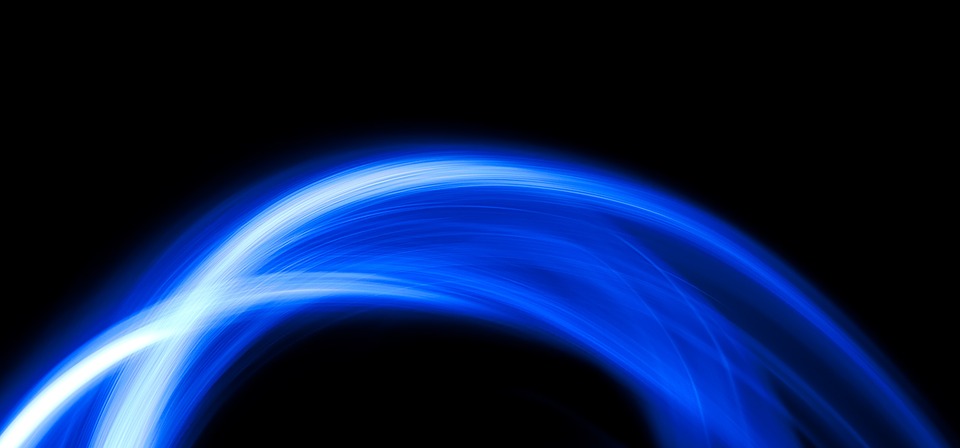Blue Light Exposure is dangerous, and its negative consequences are well known. It is invisible and can not be seen. Most sunglasses protect against ultraviolet radiation, as this is often feared. While ultraviolet light is used for the skin in small doses, where it contributes to the production of vitamin D, in large doses it can cause cancer. It also damages the structural integrity of the skin, significantly damaging the collagen and leads to an increase in what is described as age-related damage.
Ultraviolet radiation is established to cause damage to the lens and can lead to cataracts and other destructive effects. Both short-term exposure to UV light and long-term exposure can lead to serious damage to the cornea, retina and other parts of the eye.
There is a second type of light, which is just as dangerous, however, unlike ultraviolet light, it can be seen. This is a blue light that can lead to a specific and very dangerous problem, known as macular degeneration. This occurs when the damage to the retina macula area causes a sharp loss of central vision. Blue light, as well as violet light, are the highest frequency of the visible spectrum. A high level of exposure to blue light causes irreparable damage to the human eye.
Unlike other colors on the visible spectrum, the eye can not process a significant amount of blue light and can be overloaded. When the eye becomes overloaded with blue light, there is an increased risk of oxidative stress, as well as damaging structural effects on the cornea and the retina.
The researchers found that retinal cells exposed to blue light have a higher loss of mitochondrial activity than cells that were kept in the dark for the same period.
However, there are ways to prevent this. Special toned glasses can be used. The same yellow shade, which is used by hunters, professional drivers, and hunters, can prevent the absorption of blue light. A yellow shade absorbs blue light, allowing another light to pass through. This allows you to wear glasses without impairing vision. In fact, many people who do not care about damage to their eyes wear these glasses solely to increase clarity and visual perception. They can be worn indoors and in the evening, as the amount of light does not decrease, but only the color is blue.
The actual color of the lens does not need to be yellow. Amber, yellow and plum are all the colors that will prevent damage to the blue light to your eye. Be sure to find Blue Blockers, as that means what they mean.
Another factor to consider is coverage. Light not only gets in your eyes in front of you. The light can and comes into the side. Some glasses have thick hands, ratchet sleeves that are designed to prevent light. Others have extended the lens. Make sure that whatever style you choose, it can prevent light from penetrating to the side.
Related Products


Leave a Reply